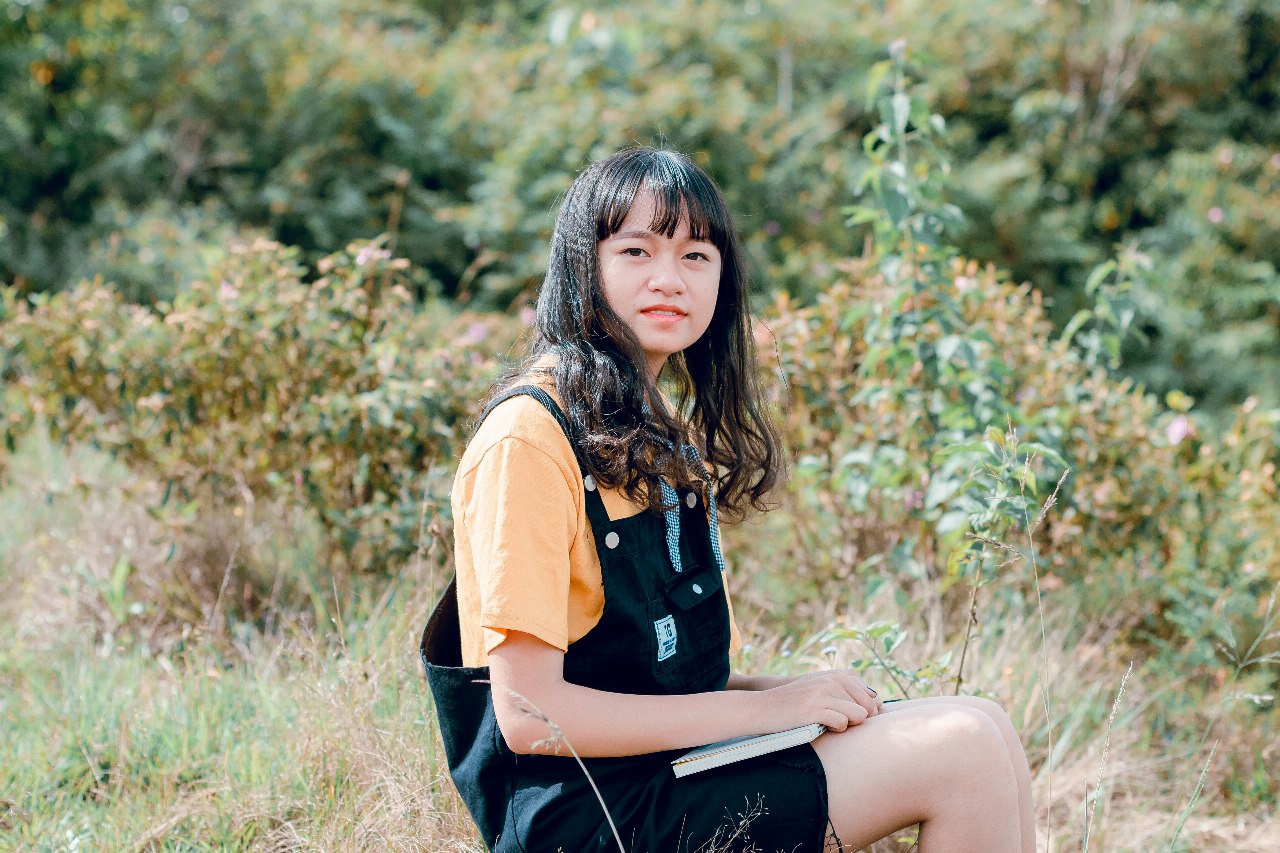
Future Ready
When President Obama convened the “ConnectED to the Future” conference at the White House in 2014, he challenged more than one hundred leading superintendents to provide 99% of students to next-generation connectivity within five years. That was the beginning of the Future Ready challenge. Since then, thousands of superintendents have signed the pledge.
“As schools seek to become Future Ready, it is necessary to identify and cultivate leadership beyond district and building leaders. School librarians lead, teach and support the Future Ready goals of their school and district in a variety of ways through their professional practice, programs and spaces.”
As a librarian, I believe that I teach in the largest classroom in the building. I seek opportunities to teach, support and lead toward being ‘future ready.’
When I had the chance to speak to over 300 librarians, publishers and leaders in the library world in 2016 at the School Library Journal’s Summit in Washington, DC. My presentation was titled, ‘What’s next in school libraries?’
After sharing several personal stories about the power and place of public libraries, I showed several examples of school library spaces that are ‘future ready.’ One theme became fairly obvious: the learning spaces of the future are going to look like the workplace of the future. Doug Johnson noted that these spaces will include:
- Social learning spaces
- Production and presentation spaces
- Teaching Spaces
- A place where kids want to be
Future Ready Libraries and Librarians can help their schools in significant ways:
I am encouraged by the above graphic. In order for libraries to remain on leading edge of this curve, they will need to pay attention to three key areas: community, collaboration, and creativity.
Read more about Future Ready here: https://futureready.org/program-overview/librarians/
No matter the size of the library, it must connect to the community in novel ways.
At my school, we’ve added a simple countertop to our check out desk. A few barstools, a K-Cup machine, charging cables and power outlets later, we’ve developed a ‘recharge bar!’ This is a space where teachers can hang out and recharge both their devices and their minds. This makes everyone happier thus a richer community. Along the way, osmotic collaboration develops.
Teachers hear and see what’s going on in our IDEA Lab and teachers begin thinking of how they could augment or enhance a lesson or exploration. This leads to rich and powerful collaboration. Of course, a space like the IDEA Lab invites and fosters creativity among students, teachers and even parent volunteers.
As our libraries grow to resemble the workspaces of the future, it is critical that we provide both teachers and students the tools and know how to connect and communicate with an ever-increasing world audience; that is the essence of what it means to be ‘future ready.’
How are you working towards being ‘future ready?’